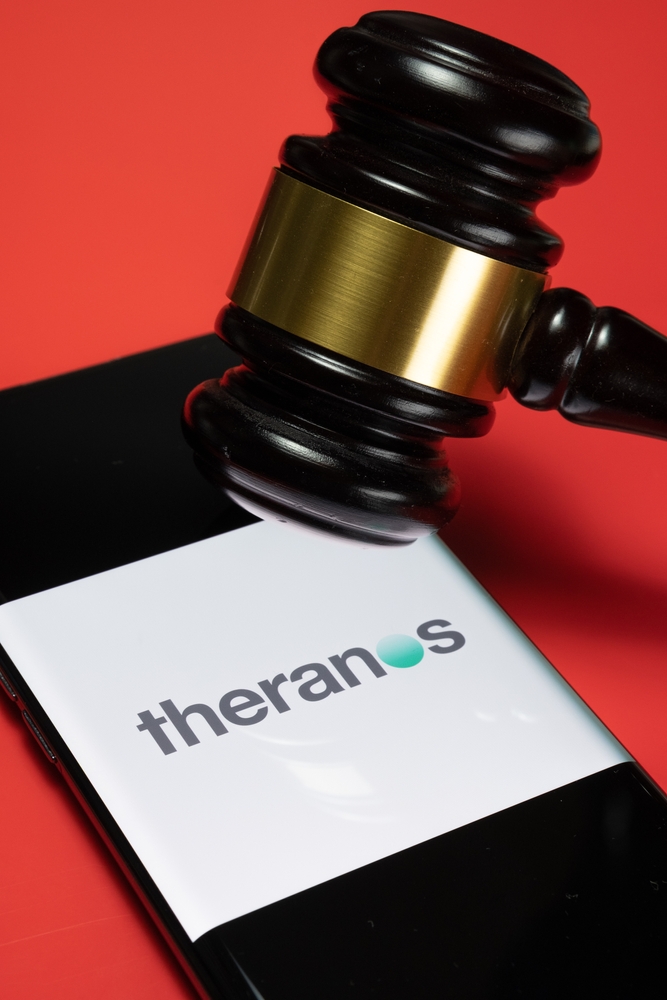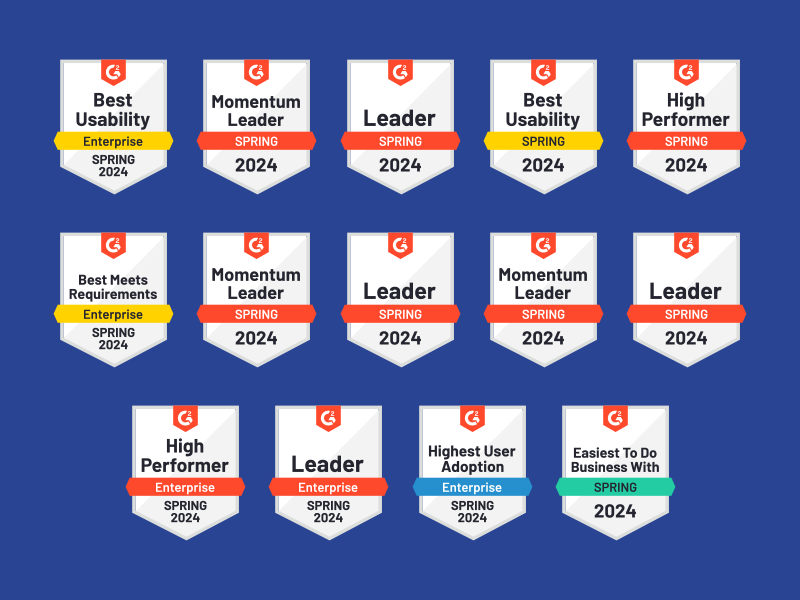Last week I introduced two amazing speakers in a thought leadership webinar on the topic, “The Elizabeth Holmes Effect: Understanding Unconscious Bias in Investigations.”
- Jill Rorschach, Esq., President, Employment Practices Solutions, Inc.
- Jessica Caspe, Esq., Director of Training and DEI Initiatives, Employment Practices Solutions, Inc.
What enabled Elizabeth Holmes, the founder of Theranos, to scam investors out of hundreds of millions of dollars and attract an
Here are a few highlights of our highly interactive and thought-provoking discussion:
1. Everyone has biases – evident from a poll taken at the beginning of the webinar – and we need to be able to identify ours to mitigate them. According to Verna Myers’ Ted Talk, “Bias is the result of the stories we make up about people before we know who they really are.” These can be favorable or unfavorable, reflexive responses to past experiences. There are a number of different types, including:
-
- Confirmation bias – looking for facts that confirm preconceived bias – a great example being the one cited by our panelists demonstrating the bias in a well-known study in the legal profession.
- Affinity bias – “I like you because you remind me of me.”
- Attractiveness (beauty) bias – may result in employee being promoted faster/more often, favorable treatment, paid more, etc.
-
- Conformity bias – based on how leaders may want the investigation to turn out
2. Developing an Investigation Plan helps to make sure that biases don’t affect what you think before starting the investigation. It helps to center you and understand what questions you need to ask and why you need the information. Everyone who you are questioning should receive the same introduction language that sets the stage for the interview process and states clear goals for the questioning. Questions should also contain neutral language. Focus only on the current issue, without regard to past issues.
3. Assessing the credibility of an investigation participant/witness can include looking at:
-
- Overall demeanor of various parties involved
- Consistency of answers and whether responses seem evasive
-
- Plausibility of testimony – does it make sense?
- Corroborating testimony from multiple witnesses
- Is there a motive to lie?
You can review the replay of the entire webinar here. I hope you get as much out of listening to it as I did hosting it.
Additional resources
- HR Acuity’s Sixth Annual Benchmark Study
- Expert Webinar: Making the Call – How to Assess Credibility in Workplace Investigations
- Join empowER, an online community specifically for ER professionals to share ideas, ask questions and access valuable resources.




